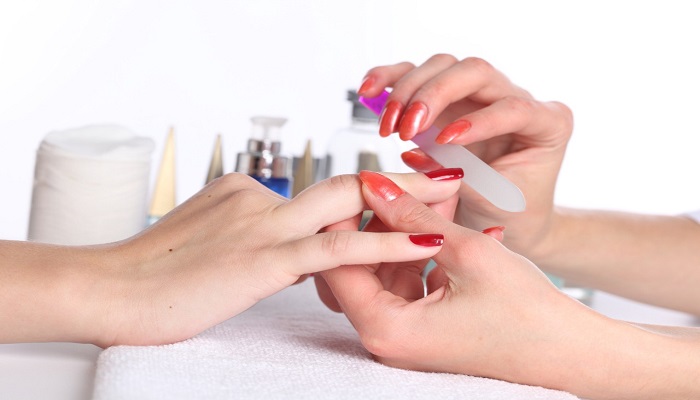Hair and Dog fur can be just as good as synthetic alternatives when it comes to cleaning up crude oil spills on land, University of Technology Sydney says.
New research from the University of Technology Sydney (UTS) has found that fur and hair products, collected from dog groomers and hairdressers may be secret weapon to fight oil spills.
The team created felted mats from dog fur and human hair as sustainable prototypes. They compared their ability to absorb oil with two commercially-available products a plastic fabric (propylene) and loose peat moss. Crude oil was then used to simulate an oil spill on three types of land surfaces non-porous hard surfaces, semi-porous surfaces, and sand.
The cheaper, biodegradable options (dog fur and human hair) were found to be more successful at cleaning up spills. This the first time natural-origin materials have been compared for land-based oil spills, and the results bode well for more sustainable options in the future.”Dog fur in particular was surprisingly good at oil spill clean-up, and felted mats from human hair and fur were very easy to apply and remove from the spills,” says lead author of the study, UTS Environmental Scientist Megan Murray.
“This is a very exciting finding for land managers who respond to spilled oil from trucks, storage tanks, or leaking oil pipelines. All of these land scenarios can be treated effectively with sustainable-origin sorbents,” she adds.
European Union recovery fund plan hangs in balance
When oil spills occur on land, it causes long-term damage for both communities and the natural environment. Toxins in the oil pollute both soils and risk contaminating groundwater, meaning the effects are felt far beyond the initial disaster.
Currently synthetic sorbent materials are mostly used to absorb oil when it is spilled on hard surfaces like pavements, highways, and concreted areas. These materials are expensive though, and generate significant amounts of non-biodegradable plastic waste. With over 8 million tonnes of plastic waste produced each year, very little of which is recycled, it’s vital that biodegradable alternatives are found.
Importance for the future?
The main biodegradable material used to clean oil spills at present is peat moss. Just over a decade ago, researchers in Norway found that the substance was an effective tool when cleaning up oil on land and in water.
Peat moss has been introduced as an organic alternative to clean up oil on land and in water. But with the lack of effectiveness on land, along with the damage to ecosystems involved with harvesting peat moss, Murray’s team no longer recommends its use.
“We found that loose peat moss is not as effective at cleaning up oil spills on land compared to dog fur and hair products, and it is not useful at all for sandy environments.” says Murray.
Which countries in Europe have opened their borders?
“Based on this research, we recommend peat moss is no longer used for this purpose. Given that peat moss is a limited resource and harvesting it requires degrading wetland ecosystems, we think this is a very important finding.” she adds.
Typically for aquatic environments, a plastic fabric called polypropylene is used to clean up oil spills. Although earlier this year, researchers developed a new technology to turn sponges into instant, hydrophobic oil magnets perfect for instantly cleaning spills.
Her team did conclude that plastic fabrics were still best for sandy environments, like coastal beaches, but the success of this research means further exploration of sustainable-origin and organic sorbents is planned.
The fur and hair felted mats may also be trialled for other ecological conservation projects, such as for river bank stabilisation and removing pollutants from flowing waters.



